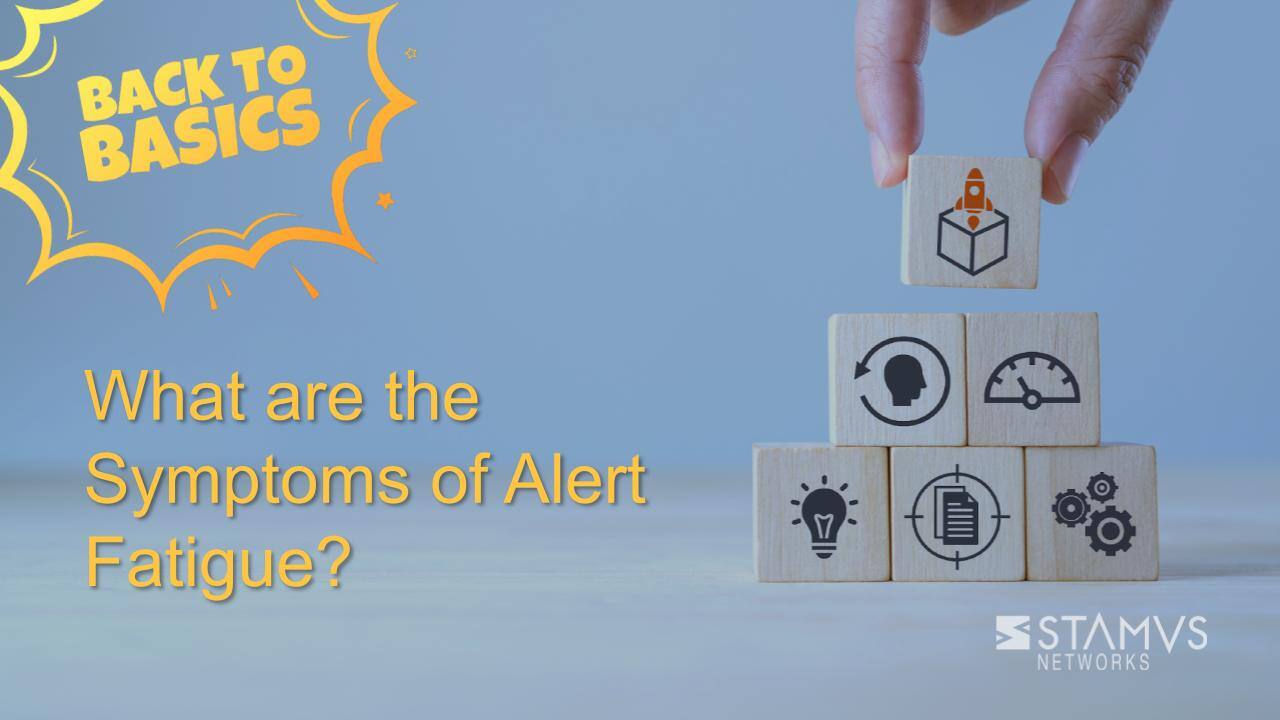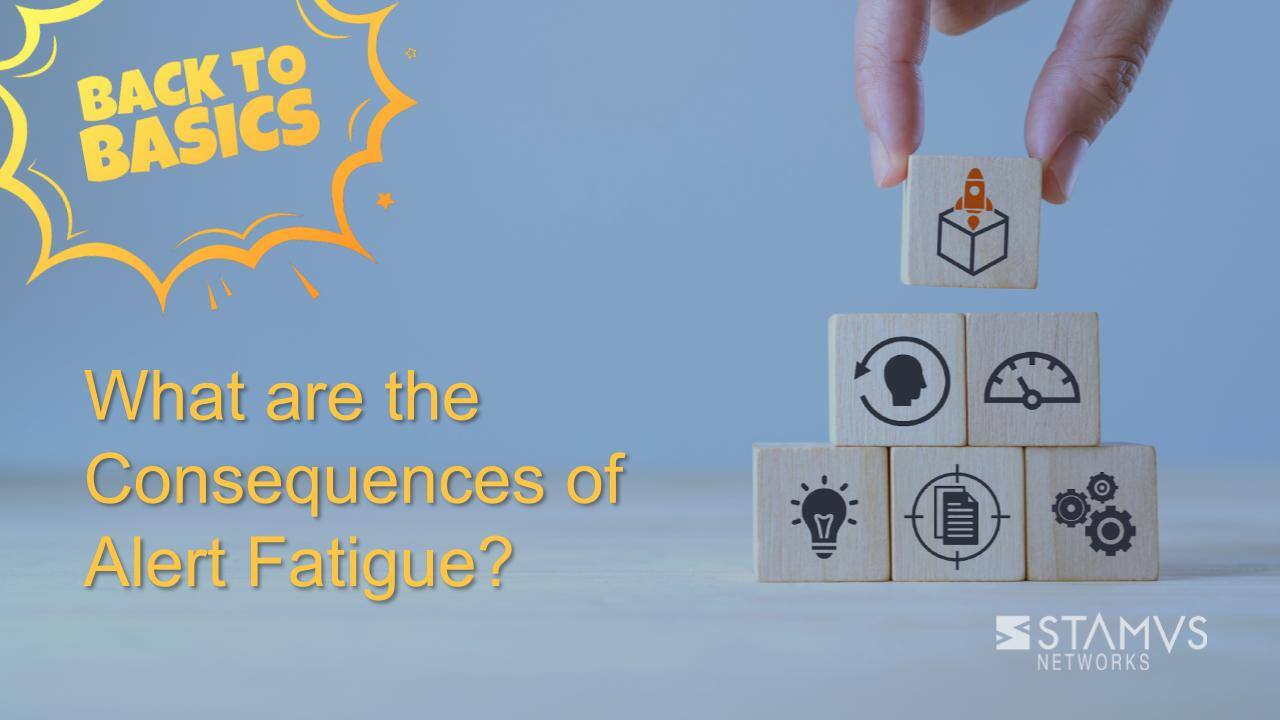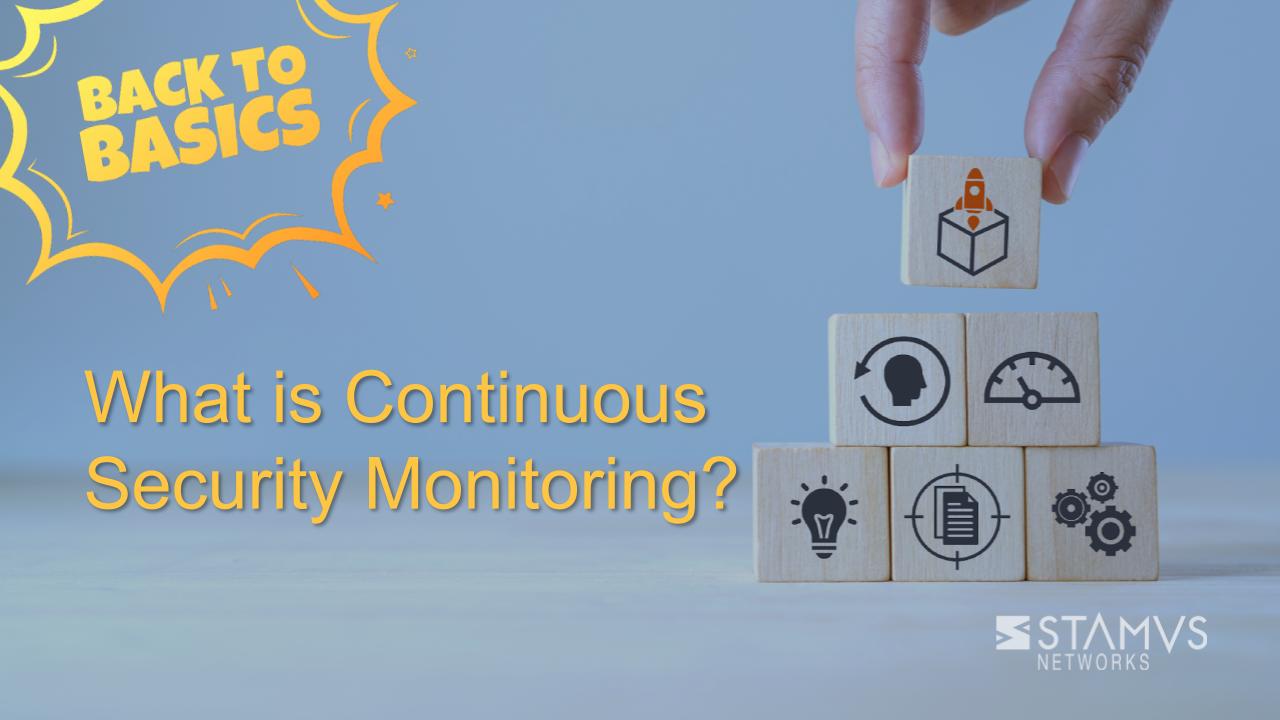For many cybersecurity practitioners, the concept of alert fatigue is not foreign. However, knowing about a problem is very different than knowing whether or not your team is experiencing the problem. In this blog post, we will highlight the symptoms of cybersecurity alert fatigue so your organization can diagnose the problem and provide some strategies and solutions — like network detection and response (NDR) — that could help solve it.
What is Alert Fatigue?
Cybersecurity alert fatigue is the state of desensitization experienced by security analysts due to the overwhelming amount of alerts produced by various security tools. Intrusion detection systems (IDS) are generally one of the main contributors to alert fatigue, often supplying thousands of alerts a day depending on the configuration. Many of these alerts are considered non-critical, signaling security events that match a signature but do not necessarily indicate a serious threat.
With a constant barrage of critical and non-critical alerts, it can become difficult for an analyst to determine which alerts are worth further investigation, which are purely informational, and which are false alarms. The analyst might become overwhelmed by the sheer volume, leading them to overlook important critical alerts, delay response, or miss some threats altogether.
Identifying alert fatigue is the first step to curing it, and all organizations should consider whether or not their tools or processes are potentially causing serious threats to get lost in the noise.
What are the Symptoms of Alert Fatigue?
To diagnose alert fatigue and begin eliminating it from your organization, you must first assess whether or not your security team is experiencing alert fatigue. Recognizing the symptoms is the first step in diagnosing the problem and working towards solving it. Alert fatigue can manifest in both individual analysts and within organizational processes:
Symptoms in Individual Analysts:
- Decreased Response Time: Analysts experiencing alert fatigue may exhibit a noticeable delay in investigating and responding to alerts. Critical incidents might go unnoticed or be addressed with a lower priority.
- Increased Dismissal of Alerts: Your security team might begin dismissing alerts, particularly those with recurring patterns or seemingly low-risk profiles, without thorough investigation. This can lead to missed genuine threats disguised as familiar "noise."
- Reduced Investigation Depth: Alert fatigue can lead to a cursory analysis of alerts, neglecting a deeper investigation into potential root causes or context surrounding the event. This compromises the effectiveness of threat detection and mitigation efforts.
- Burnout and Emotional Apathy: The constant pressure of managing a high volume of alerts can lead to stress, burnout, and a general sense of apathy towards incoming notifications. This further hinders effective response.
Symptoms in Organizational Processes:
- Inefficient Alert Triage: Organizations experiencing alert fatigue might struggle with prioritizing critical alerts. The abundance of notifications can overwhelm existing triage procedures, hindering timely response.
- High False Positive Rate: Security tools generating a high number of false positives, such as IDS, contribute significantly to fatigue. Analysts waste valuable time investigating non-threatening events, diverting resources from real security incidents.
- Declining Morale and Productivity: The overwhelming nature of alert fatigue can negatively impact team morale and productivity. Analysts may become discouraged and less engaged in their duties
Your organization can identify alert fatigue through a combination of monitoring metrics and engaging in direct communication with your security team. By analyzing trends in response times, alert dismissal rates, and the number of escalated incidents you can reveal potential issues. Additionally, conducting surveys and holding open discussions with the security team could provide valuable insights into their workload and experience with alert volume.
How do you Overcome Alert Fatigue?
So you’ve identified an alert fatigue problem at your organization? Now you need to solve the problem. There isn’t any single solution to completely eradicate alert fatigue, but the following strategies could help minimize its impact:
- Reduce Alert Volume: Fine-tune your security tools to minimize false positives. Correlating alerts from different systems to identify common triggers and refine configurations could reduce redundant notifications. Consider using threat intelligence feeds to prioritize alerts based on known attack vectors and indicators of compromise (IOCs) to focus attention on the most high-risk scenarios.
- Improve Alert Prioritization: Implement a risk-scoring system that assigns severity levels to alerts based on factors like potential impact, asset involved, and attacker methodology. This allows for faster triage and prioritization. You could also possibly automate alert routing based on severity and context, directing lower-risk alerts for later review while highlighting critical ones. Some systems, like the Stamus Security Platform, can do this automatically.
- Enhance Analyst Efficiency: Develop and implement standardized incident response playbooks that outline clear procedures for handling different types of security incidents. This streamlines investigations and reduces wasted effort.
- Promote Analyst Well-being: Implement scheduling practices that prevent burnout, including regular breaks and rotations to distribute workload and maintain focus. Encourage open communication within the team. Analysts should feel comfortable raising concerns about workload or requesting additional resources.
How do you Fix Alert Fatigue?
One of the most effective ways you could minimize alert fatigue in your organization is by finding the root cause and replacing that system with a better alternative. For many organizations, alert fatigue often directly results from an intrusion detection system (IDS). These tools can produce a staggering amount of alerts, but they do not provide an effective way to prioritize or filter them based on criticality. Migrating or replacing your IDS with a network detection and response (NDR) system could solve these challenges once and for all.
The Stamus Security Platform (SSP) is a broad-spectrum, open network-based threat detection and response system (NDR). SSP can be deployed on-premise or in cloud environments and uses deep packet inspection to directly extract and build security insights from network traffic. Built on top of Suricata – the powerful open-source network security engine – SSP combines signature-based IDS, network security monitoring (NSM) capabilities, and other advanced threat detection methods.
To combat alert fatigue and provide accelerated incident response, SSP adds automated event triage with extensive data enrichment and a unique capability called Declarations of Compromise™.
A key element of SSP’s ability to combat alert fatigue is the Declaration of Compromise™ (DoC). A DoC event is the highest confidence assertion SSP provides, highlighting a specific threat and the asset it is impacting. SSP then builds a detailed timeline of activity and collects the supporting evidence and context associated with the attack on the impacted asset. These events are automatically escalated, and the analyst is notified via webhook in a variety of applications - SOAR, SIEM, Discord, web chat, etc.
This dramatically reduces the number of security events that need to be investigated, essentially eradicating alert fatigue. Organizations that deploy SSP can redeploy their staff to focus on more proactive security measures and dramatically improve incident response times.
Eliminate Alert Fatigue with Stamus Security Platform
Alert fatigue can weaken your organization’s defenses and take a toll on your staff, but it doesn’t have to. The Stamus Security Platform can minimize the impact of alert fatigue and enable your security team to focus on more important issues. Book a demo below to learn more!
To stay updated with new blog posts from Stamus Networks, also make sure to subscribe to the Stamus Networks blog, follow us on Twitter, LinkedIn, and Facebook, or join our Discord.






